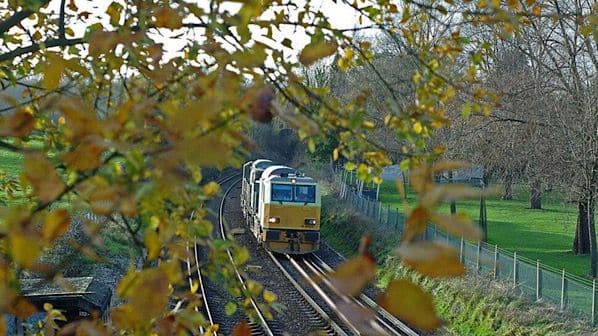BRITAIN’s Rail Safety and Standards Board (RSSB) is working on a project with the University of Sheffield which will use Artificial Intelligence to predict low adhesion track conditions.
The project is part of Adhere, the cross-industry adhesion research programme which aims to deliver research to “achieve adhesion conditions that are unaffected by and independent of weather and climate.”
With temperature, humidity and the presence of leaf layers or other contaminants all having an impact on the level of adhesion between the wheel and the rail, the new research project is investigating how more detailed information on local conditions can be used to tackle the seasonal challenge associated with leaves on the line.
The latest project builds on previous research undertaken by RSSB which found that friction conditions on the rail head can be estimated using images of surroundings, images of the rail head and other sensor data.
The new project will use AI to analyse data and high-resolution video footage to deliver more accurate predictions of friction at the wheel-rail interface. One of the project outcomes is development of an online tool where users can enter data that will generate friction predictions for any location on the British network. The goal is to deliver the tool by autumn 2023.
Mr Paul Gray, professional lead engineering at RSSB, says the tool will make it possible to predict and identify where and when low adhesion is going to occur on the rail network. “This will allow targeted action at these specific locations to help manage the safety risks and reduce delays,” he says.
Low adhesion track conditions are estimated to cost the British railway industry £350m a year from train delays while also posing a safety risk by increasing the chances of station overruns and passing signals at danger.

